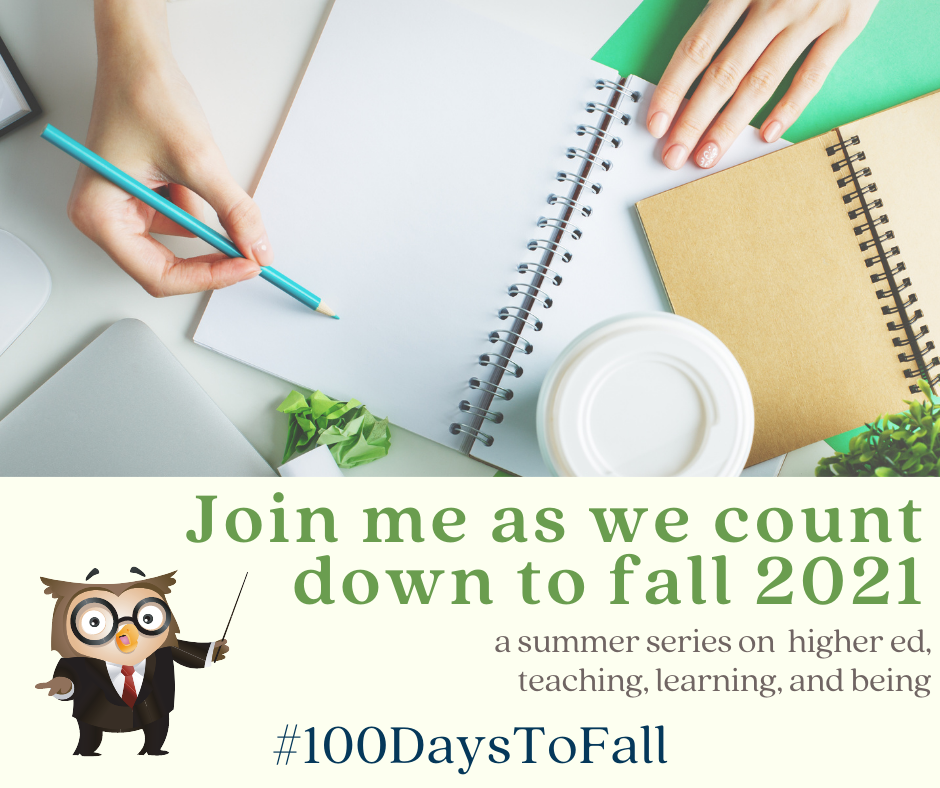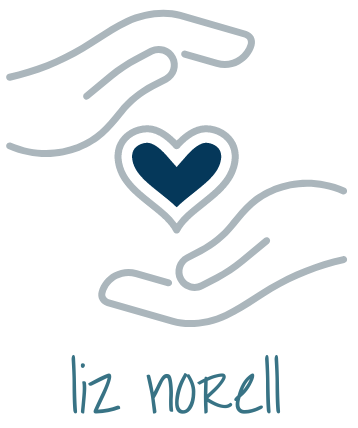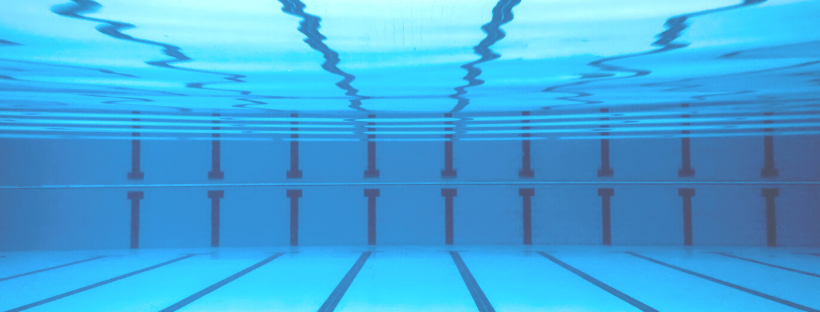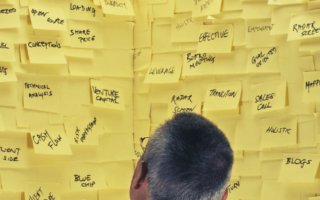It’s been a minute since my last #100DaysToFall post, which I’ll choose to attribute to my copious reading, family vacation to St. Louis, and general decision to attend to other things that felt more pressing. But here we are at the cusp of July, and the fall semester draws ever nearer. For this installment of my preparing-for-the-fall-semester series, I’m going to talk about a concept I was first introduced to by Susan Hrach, a concept called embodied cognition.
Hrach’s book, Minding Bodies: How Physical Space, Sensation, and Movement Affect Learning, was a revelation for me. The central thesis of the book is that our minds aren’t just the grey matter in our crania; instead, they extend throughout (and maybe even beyond) our physical bodies. The nervous system, endocrine system (think hormones), muscular system, skeletal system, and beyond — these systems all connect in complex ways, such that what we “know” cannot be easily confined to any one system.
As a yoga teacher, this shouldn’t have felt like a huge leap for me. After all, my endless fascination with The Fuzz (what Gil Hedley talks about when he talks about the fascia) has taught me that a micromovement in one part of the body creates a cascading effect on the connective tissues literally everywhere in the body. The fascia connect all of our systems. The body has inherent wisdom. What is meditation if not trying to calm the nervous system — you know, those neurons that relentlessly fire in our overactive brains? — so that we can settle into the wisdom of our other bodily systems? (Not that we typically talk about meditation in these terms. But ultimately, that’s what it’s all about, you know?)
Let me just emphasize that I thoroughly, wholeheartedly, without reservation recommend Hrach’s book for educators of all stripes. Her research-based and digestible writing manages to be both entertaining and immediately useful.
What I learned in her book was reiterated when I chased her book with Parker Palmer’s and Arthur Zajonc’s book, The Heart of Higher Education: A Call to Renewal. No surprise that I wanted to read this book soon after attending the Center for Courage and Renewal‘s retreat of the same name (The Heart of Higher Education) a couple of weeks ago. This book, published in 2010, explored many of the same themes as Hrach’s 2021 book, albeit from an entirely different perspective.
No surprise: Palmer‘s chapters spoke to my soul. (No offense to Zajonc, who is a brilliant, thoughtful, and spiritually wise physicist, but Palmer’s sociological perspective just resonates with this social scientist.) He writes eloquently about the necessity of an integrative education, one that brings together classical, “rational” ways of knowing with those that are rooted in experience and inner knowledge. Echoing what Hrach forcefully defends in her later book, Palmer writes:
Academic culture needs to embrace the simple fact that cognition, which is our business, is intimately linked to affect, no matter how much we think emotions are not our business. As neuroscientists such as Candace Pert have told us, thinking is not done solely by the brain, an organ housed in the cranium. Thinking is done by the mind, which is not an organ but a process that is distributed throughout the body and draws on every faculty we have. (41)
Clearly, reading these two books — which from the book jacket descriptions had little overlap — has left me thinking deeply about education as a much larger enterprise than simply asking students to engage in reading or listening.
Both Hrach and Palmer/Zajonc emphasize the need to integrate movement into our learning processes. Indeed, physical movement impacts our thinking states.
All of this reading has me thinking about the last year and how precious little time I’ve spent engaging in physical activity. When teaching in person, the “physicality of teaching,” as Doug and I so often call it, kept me moving around, and it should (now) come as no surprise that those times teaching were coincidentally also the times when I felt most creative and able to think (literally) on my feet. But since covid sent us all home, I’ve had very few excuses to get out of the house and move around.
Since it started getting hotter, I’ve found myself absolutely yearning for pool time. While I haven’t yet figured out how to make this a regular feature of my day-to-day (mostly because it feels like almost every day I’m either going to Chattanooga or, rarely, Murfreesboro … OR I’ve got morning meetings), I’m desperate to get back in the pool, to do some aqua yoga stretching and to swim a few laps.
Now that I’ve read Hrach and Palmer/Zajonc back to back, I’m also nearing the point of obsession around researching a treadmill desk. Could walking at super-slow speeds while writing be a way to jump start some creativity and generally get more of my brain on board with my work time? Or am I just engaging in wishful thinking?
I’m also contemplating ways to get my students moving around more often in class. I already engage in some physical activity in class, but I’m especially taken with Hrach’s suggestion of replacing the classic Think-Pair-Share activity with a Move-and-Think, Meet-and-Pair, Stay-and-Share activity. This involves asking students (with adjustments around mobility challenges) to ponder a question while going for a quick walk (maybe a loop around the quad), then meet up for a conversation (or arrange desks in concentric circles and do a kind of “speed thinking” exercise), ending with a large-group standing circle of discussion.
There are, of course, a limitless number of ways to pull students away from their desks to engage in movement + thinking, but that’s a good one to start noodling on.






